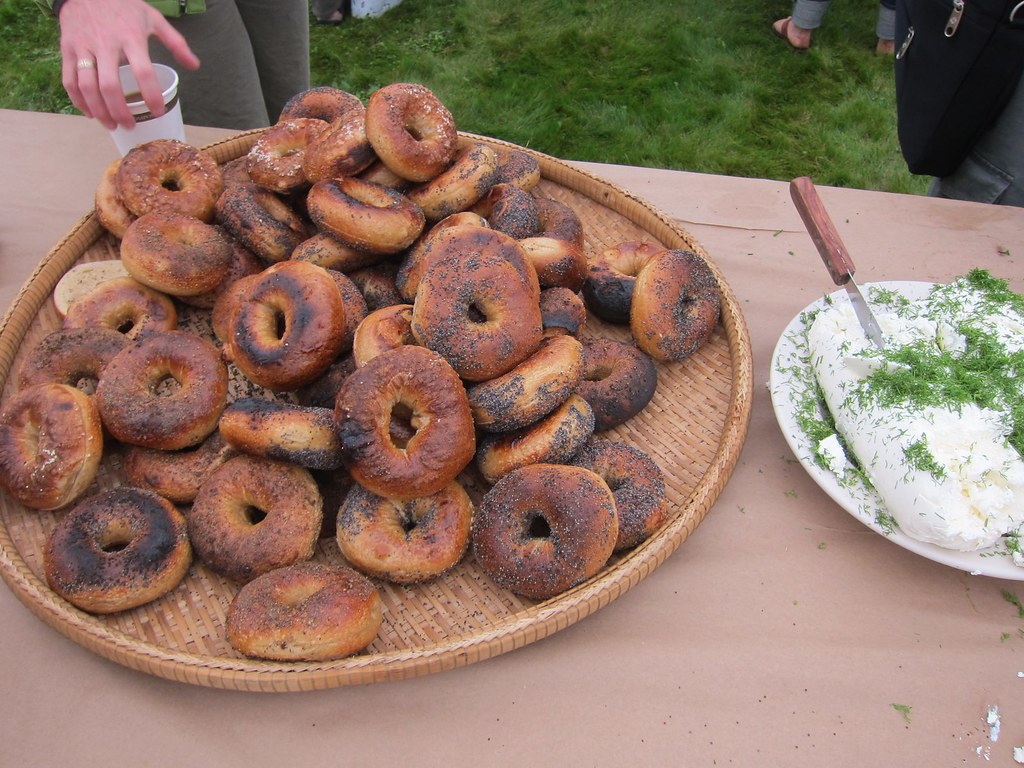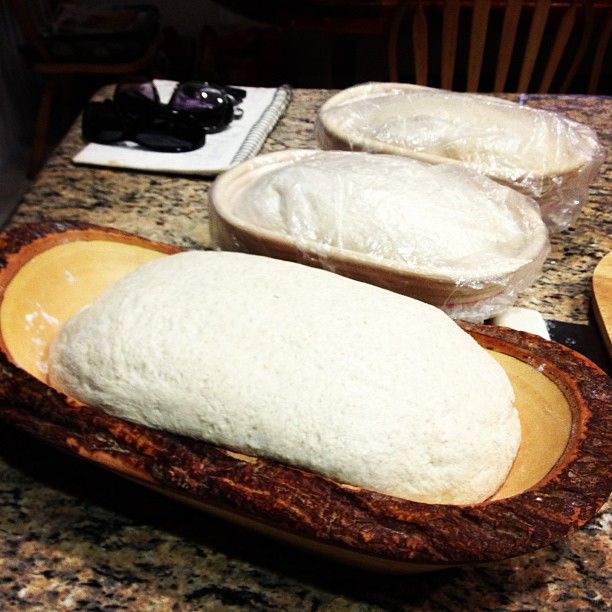Kneading Conference West 2013

I just got back from the 2013 Kneading Conference West at the Washington State University Mount Vernon Extension Campus.
(My write up of last year's conference, which gives quite a bit of background about it, is here.) 
- Log in or register to post comments
- 3 comments
- View post
- Floydm's Blog

 [/URL]
[/URL]





